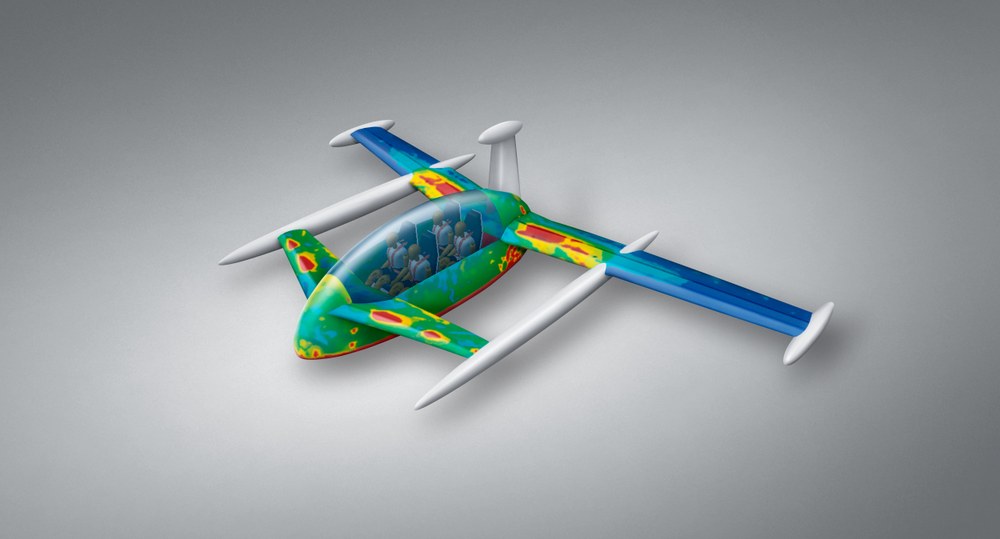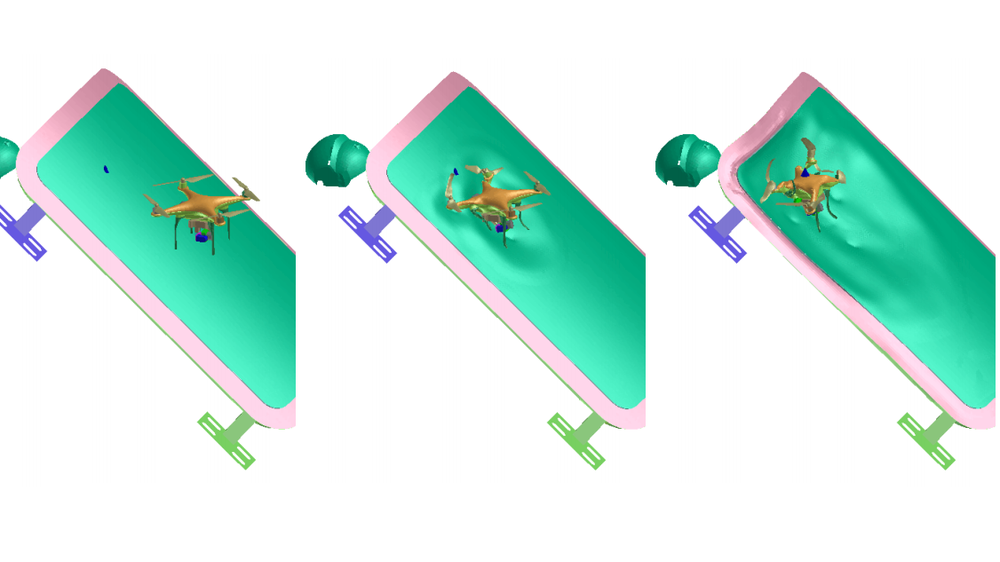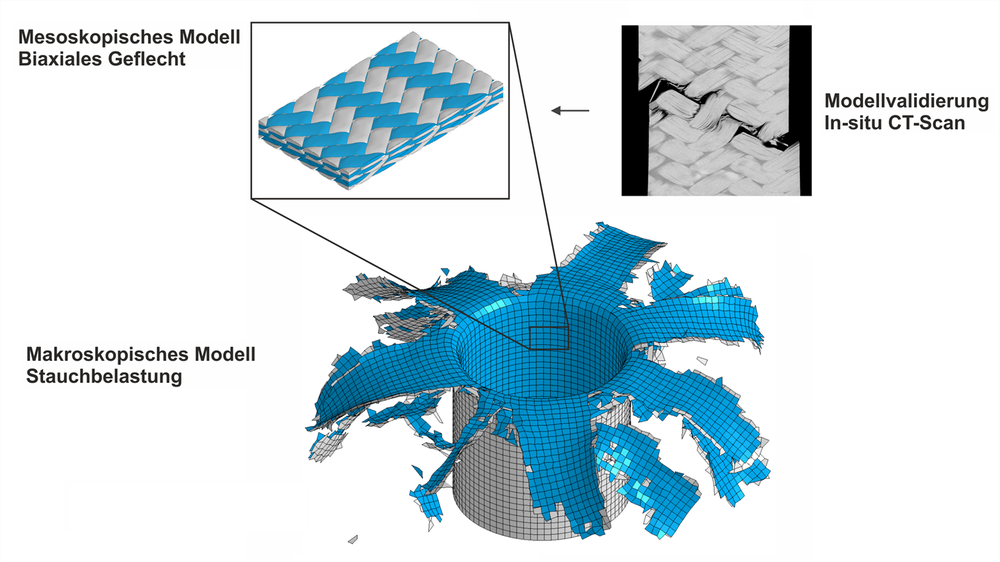CITE – Center for Crash and Impact Testing
DLR is establishing a unique test center for safety-relevant aerospace structures within Europe: the DLR Center for Crash and Impact Test (CITE), which is funded by the state of Baden-Württemberg.



For more than 40 years the “Structural Integrity” department has been performing research in the fields of high-velocity impact and crash safety to make aircraft and vehicle structures safer and thus offer passengers a high degree of protection. Passive safety in the area of zero emission aircraft, where hydrogen as a source of energy and batteries as energy storage options are considered, is also part of our research.
Our research is pursuing the following clear objectives:
The key to achieving these goals is to deploy the latest experimental techniques, to develop reliable numerical methods and models for predicting material damage and structural failure from microscopic up to full-scale level.
In the field of high-velocity impact research, new simulation approaches are being developed to design, evaluate and optimise innovative, impact-resistant structures. Yielding impactors such as birds, hail and drones can cause different types of damage and thus require different energy absorption strategies to ensure structural safety. The appropriate modelling of these impactors is therefore crucial. Depending on the type of impact hazard, suitable materials and corresponding solutions for structural designs are proposed.
In the field of crash safety, the focus is on developing specific design methods that support the full range of development and evaluation activities across the entire digital process, from the initial design through to the final aircraft configuration. Novel concepts for transport aircraft, helicopters or air taxis are thus evaluated with regard to the crash load case and virtually tested for robustness of design. These include developing detailed designs for energy-absorbing structural elements or bonding concepts.
The numerical methods thereby developed, the resulting concepts and the detailed designs are validated in extensive test campaigns, including those conducted up to subcomponent level by means of mechanical short-term dynamic testing. These include tests carried out using modern high-velocity testing equipment, gas guns and drop towers.
